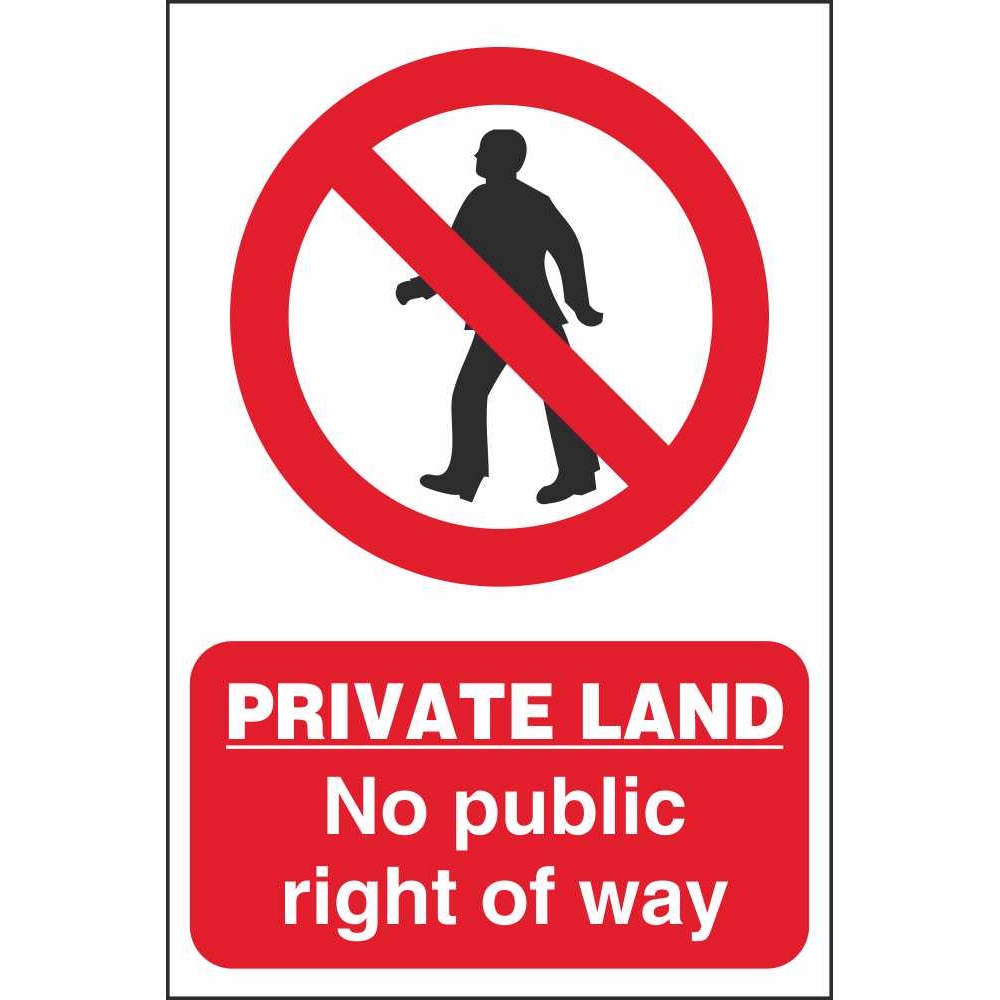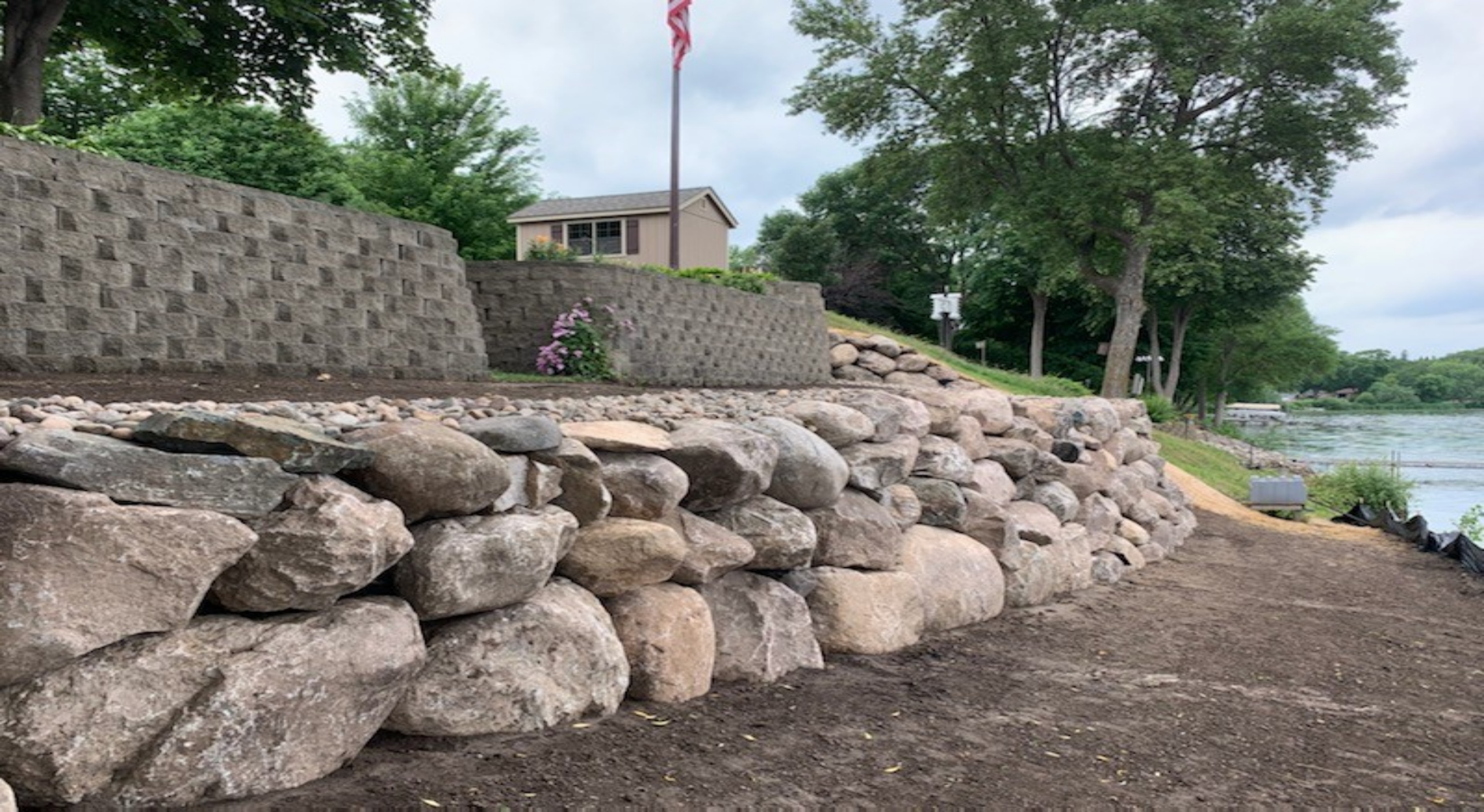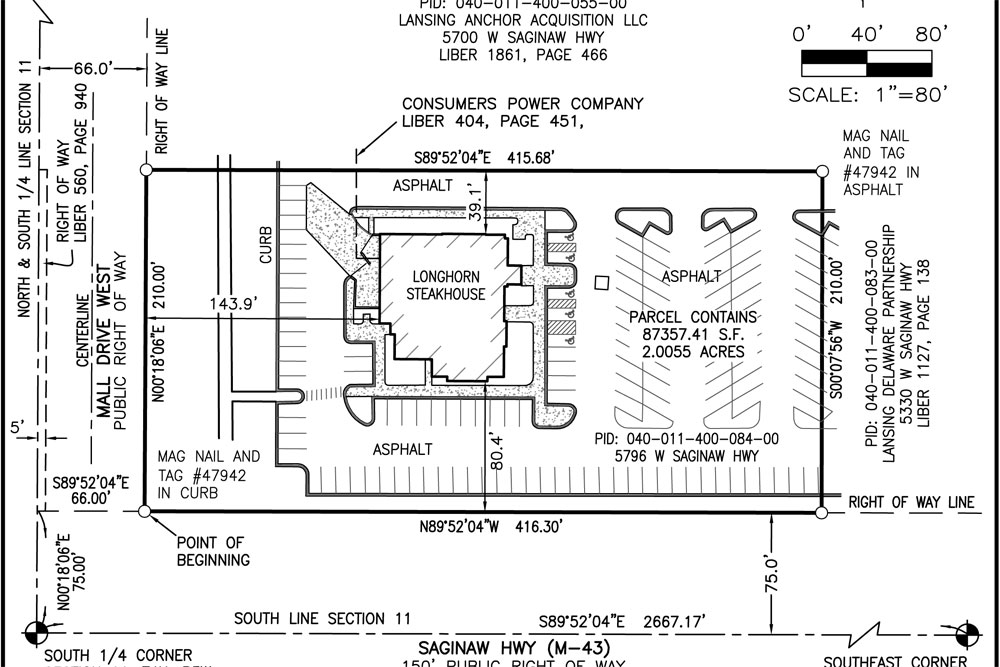
August 9, 2024
Vital Guide To Preserving Wall Drainage Remedies
Ideas For Adding Drainage To Your Preserving Wall Surface Attending to these prospective problems demands executing reliable water drainage methods for a successful concrete preserving wall system. Hydrostatic stress triggered by water build-up is an excessive pressure that needs to be handled. Drain systems made use of behind walls often consist of gravel or crushed rock backfill products to take care of water flow while staying clear of pressure build-up behind the wall. These materials help manage dampness without pressure buildup taking place behind it. Proper drainage behind a maintaining wall surface usually involves using different products, including smashed rock and gravel backfill, for drainage purposes. Among the main functions of keeping wall surfaces is to avoid erosion by keeping back soil.Transform Your Preserving Wall Surface Today With Garland Landscape
- Preserving walls frequently encounter water build-up as a result of rainfall, irrigation, or natural groundwater.
- Absorptive soil allows water to percolate through, while impenetrable soil can cause waterlogging and runoff.
- Effective remediation of support systems calls for a careful deconstruction and evaluation of the existing system's honesty and stability.
Mother Earth Helped The Procedure Of Failure Along
Chennai's Wall Tax Road to be renovated after 2-year delay - The Times of India
Chennai's Wall Tax Road to be renovated after 2-year delay.
Posted: Mon, 24 Jun 2024 07:00:00 GMT [source]
Recognize Hydrostatic Stress And Its Effect
We'll aid you execute the excellent water drainage solution to safeguard your investment and enhance your outdoor home. By utilizing these certain options, which are created for various scenarios, you can be sure that your retaining wall surface will certainly last for years without degrading. Remember that your wall will be durable to any problems associating with water if it has appropriate drainage. Among the significant challenges compromising water drainage systems is seepage by fine material right into drain stones. Consequently, it is critical to guarantee that the fill material permits ample water drainage while preserving wall surface adaptability to adjust to ground activities. In recap, the duty of drainage in keeping walls goes beyond plain performance; it plays an essential duty in making sure both aesthetic and practical success. Whether managing water stress, soil disintegration, or design factors to consider, a well-designed drainage system is an indispensable component of any kind of maintaining wall surface project. Proper drain is vital for the durability and efficiency of keeping walls. In this article, we will certainly discover some remedies for maintaining walls and drainage in Kelowna's damp and sloped environments. Maintaining the best drain for concrete retaining walls is essential for their sturdiness and architectural strength. Proactive examination programs and early detection of concerns are critical for preventing additional destruction. Geosynthetic supports, repair of support systems, and appropriate water drainage are key for restoring MSE wall surfaces and gabion wall surfaces. When it concerns historical rock wall surfaces, balancing historic authenticity and structural adequacy is important. Matching historic patterns and teaming up with historic societies are vital action in the repair process. For innovative maintaining wall technology, the GCS wall system provides unparalleled security and longevity via bit arrest and careful compaction. In complex instances or when taking care of comprehensive retaining wall surface systems, seeking advice from a drainage professional comes to be vital. This textile protects against fine soil particles Property Law Reform from obstructing the drain system while allowing water to go through. Excavate the area behind the retaining wall where the water drainage system will certainly be installed. Begin by examining the site conditions and establishing the appropriate drainage system for the certain maintaining wall project. If you would love to learn more about retaining wall surfaces in Minnesota, MN please click the web link supplied. Post-installation, it is suggested to perform regular maintenance checks and cleansings of the drainage system. Balancing functionality and appearance creates an aesthetically pleasing and useful retaining wall surface. Attaching the panels to the blog posts entails safeguarding wooden slabs horizontally across the articles. It's vital to utilize appropriate bolts and make certain the panels are uniformly spaced and firmly affixed. Appropriate installation of the panels adds to the wall's general stamina and look. Maintain reading to check out why water drainage is vital for your preserving wall surface's stability and just how to stop usual drainage-related issues. Keeping wall surfaces serve both functional and aesthetic objectives in outdoor rooms, however their effectiveness relies greatly on appropriate drainage. Without ample drainage, water accumulation behind the wall can lead to hydrostatic pressure, endangering architectural honesty and triggering dirt erosion. Delving into the characteristics of drain introduces a multifaceted communication in between surface area water, groundwater, and the dirt retained behind the wall surface. It's not just about preventing damp soil; it has to do with comprehending the fragile balance that, when interrupted, can bring about preserving wall surface failing. An effective drainage system featuring an universal wall surface drain and tactically placed weep openings ends up being the cornerstone in this vibrant relationship.What takes place if you do not place drain behind a retaining wall?
Hydrostatic Stress and Wall Surface Failing
Hydrostatic pressure, produced by water accumulating behind a maintaining wall surface, postures a substantial risk of wall failing. When water isn't correctly drained pipes, it can build up behind the wall surface, putting in stress on the structure.


Social Links